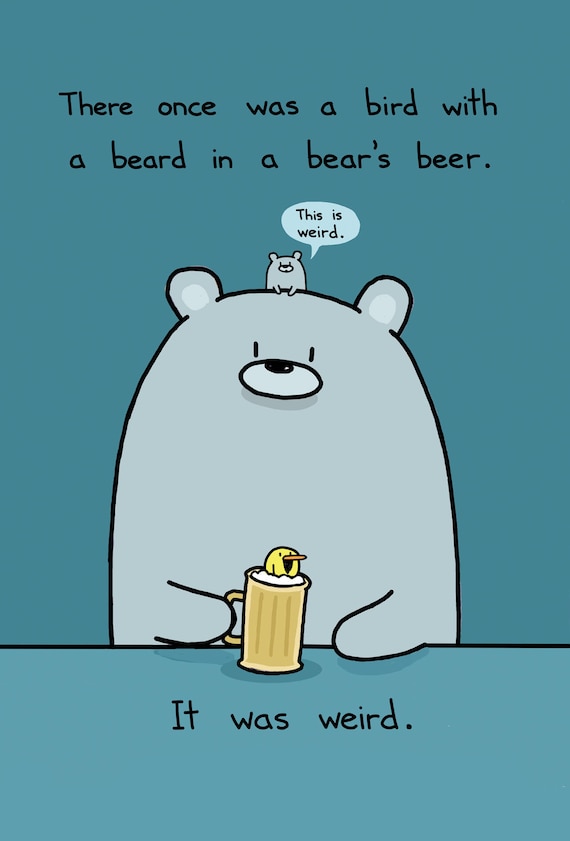We had about phonology. I think it is difficult to remember what the phonology signs means. Many of them don’t give me any meaning. Like the sign does not always resemble the sound. And other signs look alike.
We made tongue-twisters. This was a great activity. I would really like to take this with me. It is a great collaboration activity where the pupils must speak English. It is also a great opportunity to play with and explore the words that they have in their repertoire. It is also a platform to learn new words and the meaning of them.
If I would use this in my classroom I would have to give them some words that they could choose from. This is to help them get started with the exercise. This is a creative activity and many pupils will find it a bit difficult to get the imagination going. That is why a few “start-up” words could be helpful. A few good examples are also important.
There are also many ways you could differentiate this activity. This by having words with many similar words for step 1, and harder words on the other steps. You can also give requirements for the higher steps. For example, that the tongue-twisters has have a certain number of lines.
A good lesson.

